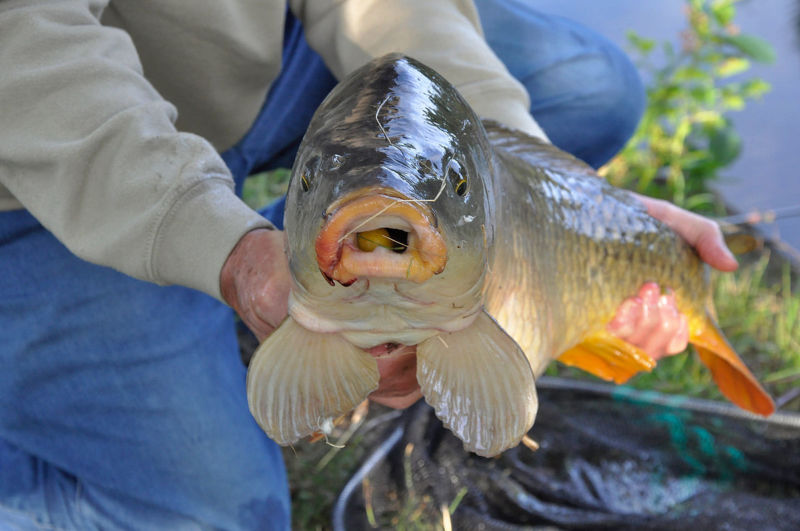Aquaculture may be the future of seafood, but its past is ancient

Enlarge (credit: By Paul Hermans - Own work, CC BY-SA 3.0, https://commons.wikimedia.org/w/index.php?curid=10766212)
Fish farms play an important role in supplying the modern world's massive demand for seafood-about half the fish we eat today comes from fish farms rather than being caught in the wild. Aquaculture helps lighten the burden on wild fish populations, and farmed fish have a much smaller carbon footprint per pound than beef. (Of course, fish farms also produce waste and nutrients at concentrations that can wreak havoc on local marine ecosystems.) With all its modern relevance and all the hopes pinned on it for the future, it's easy to forget that fish farming is an ancient practice.
People around the world have farmed fish since at least 1500 BCE; Egyptian tomb paintings show Nile tilapia being raised in captivity, and in ancient Assyria and Rome, wealthy homes often kept fish and crustaceans in pools called vivariums-a household version of a restaurant's lobster tank. In China, ancient writers describe raising carp in flooded rice fields starting at around 1100 BCE. But some archaeologists, like Tsuneo Nakajima of the Lake Biwa Museum in Japan and his colleagues, suggest that aquaculture may have started much earlier.
Finding fish from a farm"Given that rice paddy fields date back to the fifth millennium BCE in China, it might be expected that carp aquaculture has a similar antiquity," wrote Nakajima and his colleagues. But it's hard to find archaeological evidence of fish farming; a rice paddy that once housed carp looks about the same as a rice paddy that didn't. Nakajima and his colleagues suggest that the size of the fish people ate may offer a clue-a clue that points to people capturing and raising wild carp in channels and enclosed areas of marshes starting around 6000 BCE.
Read 10 remaining paragraphs | Comments